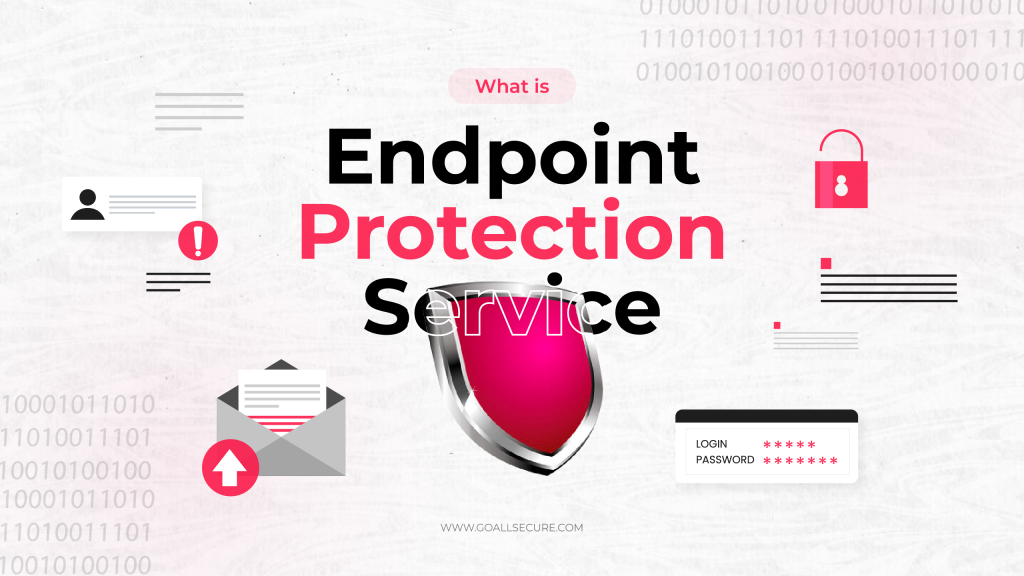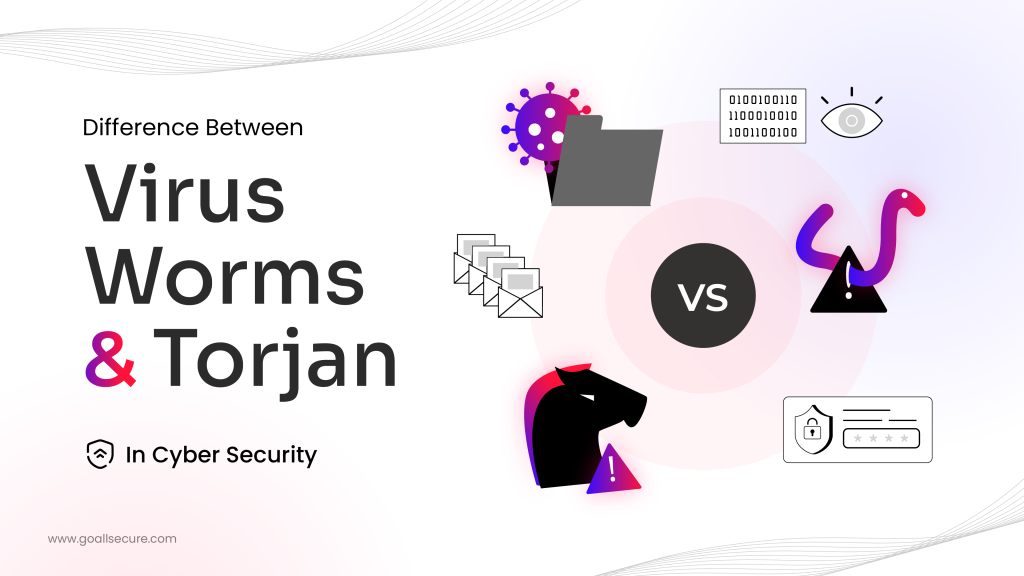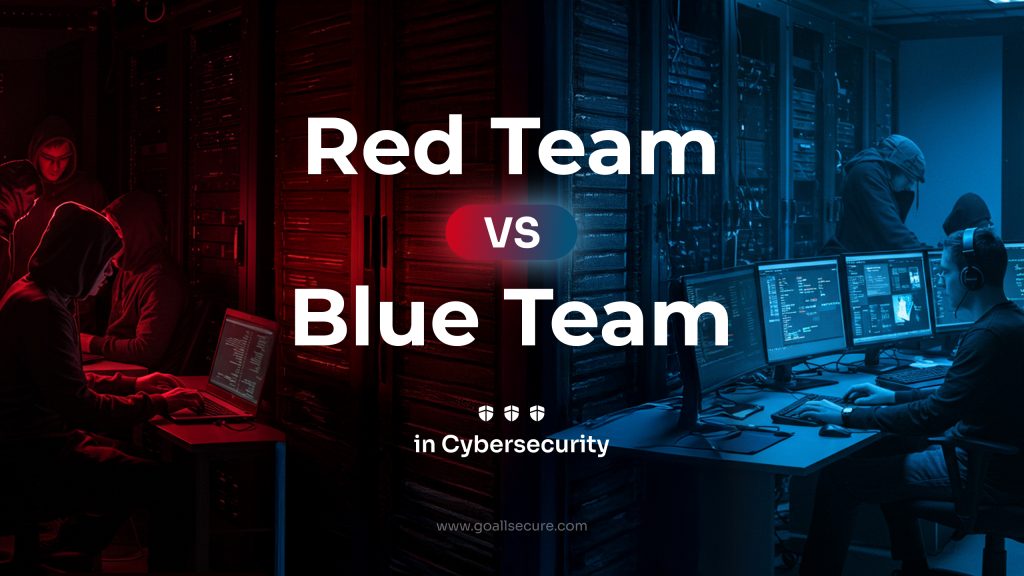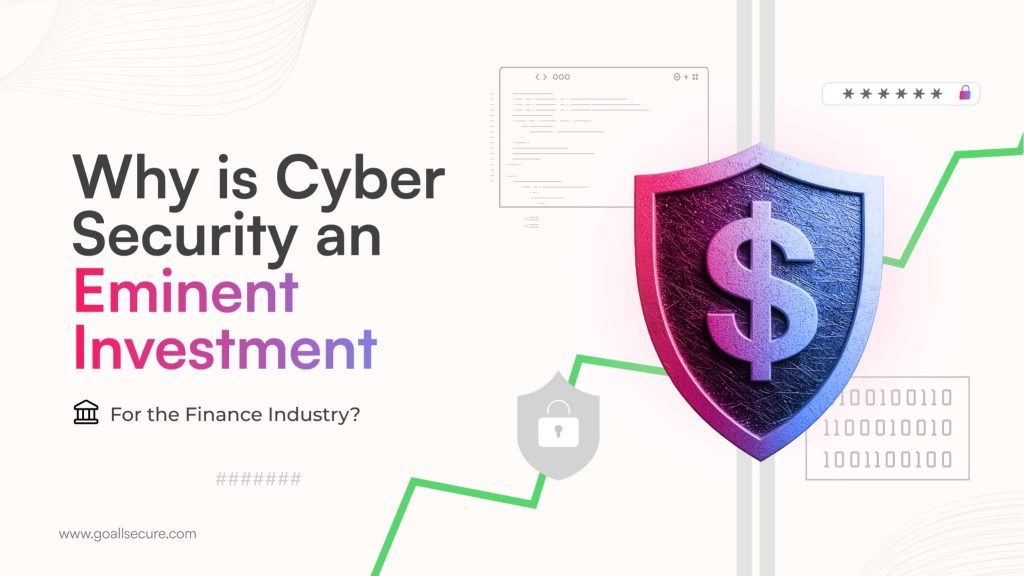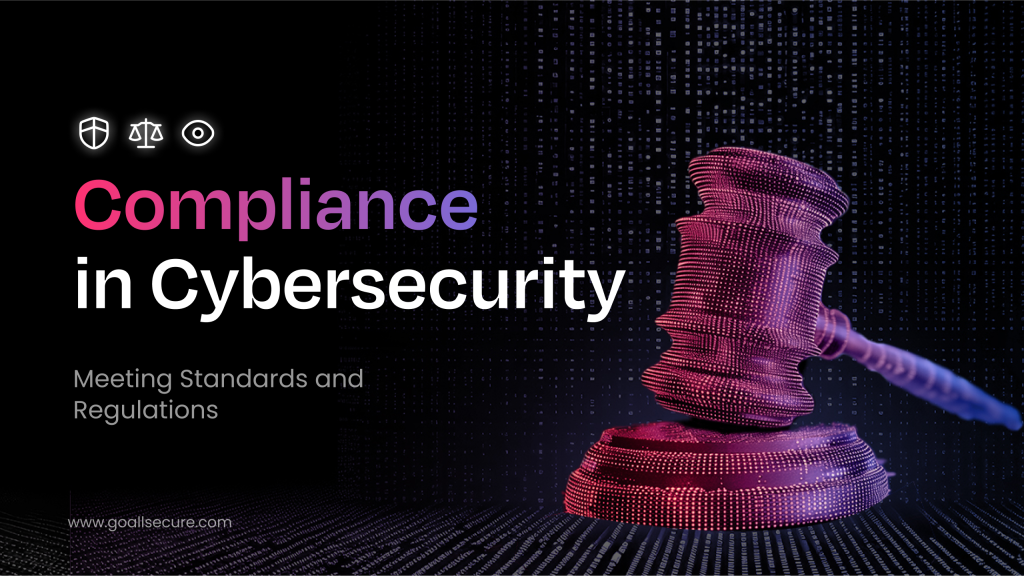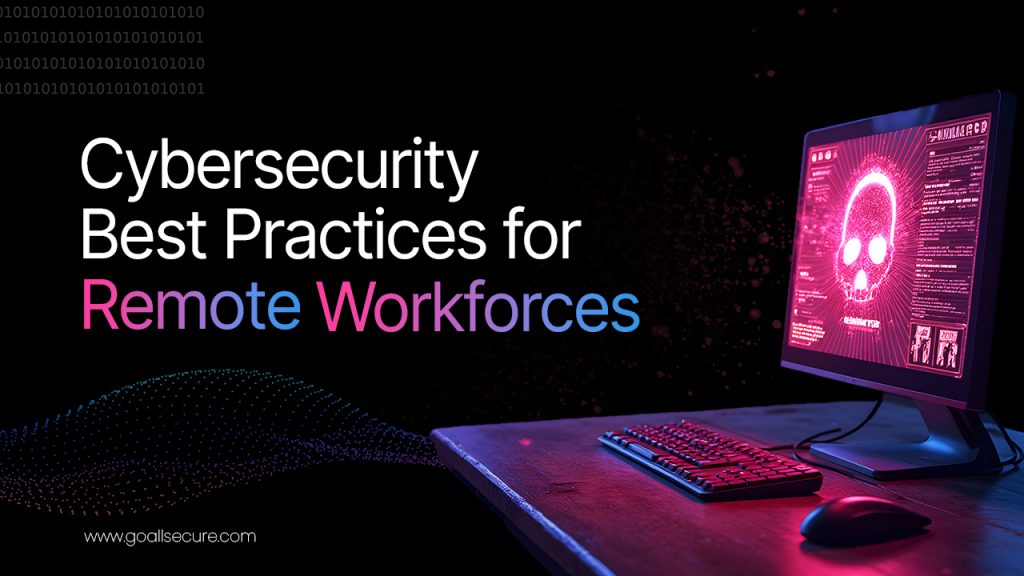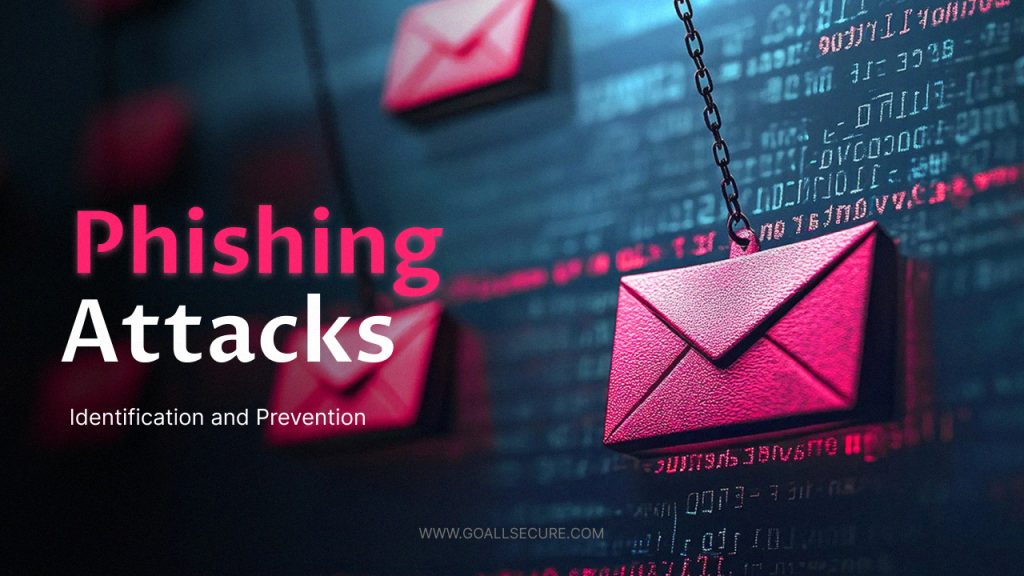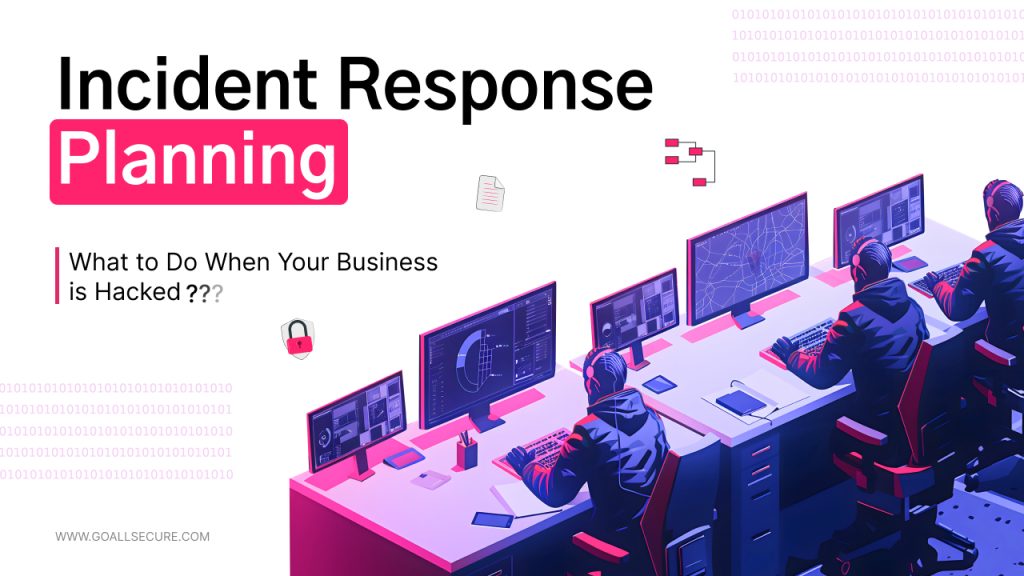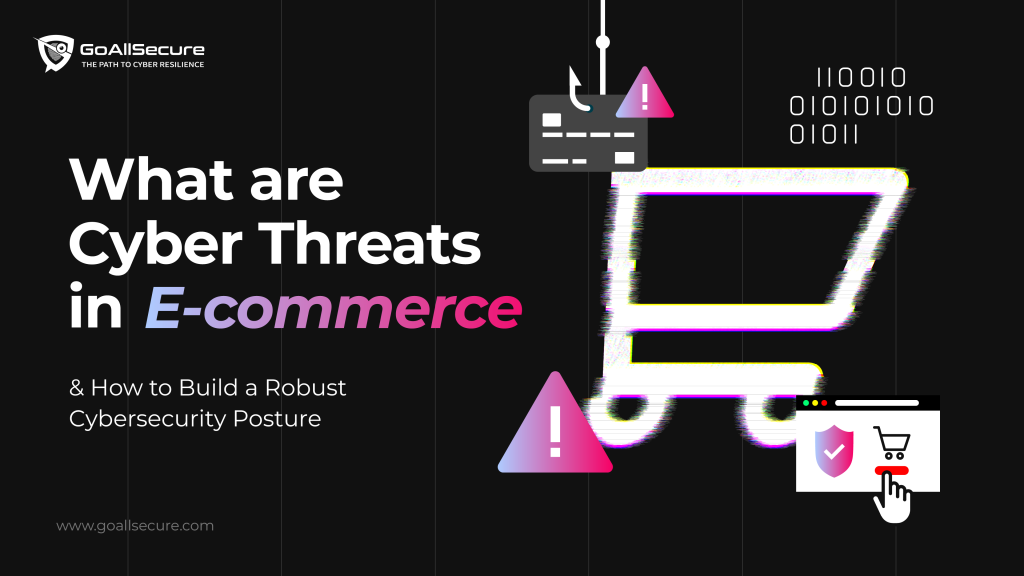
- Tuesday, 6 May
Cyber threats in the e-commerce industry have been on the rise for the past decade. This blog answers why and offers organisations practical advice on building a robust cybersecurity posture. It provides techniques to reduce cyber dangers in your digital environments and to safeguard your e-commerce business by utilising a multi-layered cybersecurity defence mechanism.

















 TRAVEL & HOSPITALITY
TRAVEL & HOSPITALITY HEALTHCARE
HEALTHCARE RETAILS & ECOMMERCE
RETAILS & ECOMMERCE BANKING & FINANCIAL
BANKING & FINANCIAL AutoMobile
AutoMobile MANUFACTURING
MANUFACTURING FOOD
FOOD EDUCATION
EDUCATION